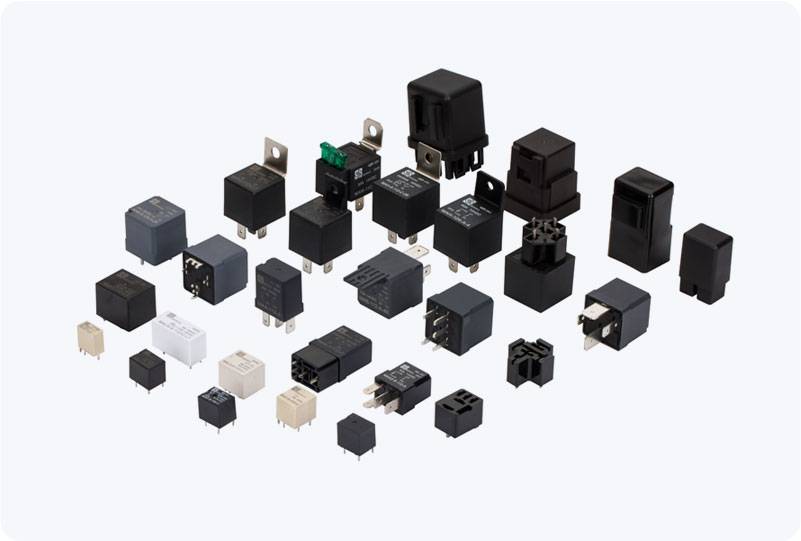High Current Power Relays are vital components in modern electrical and industrial systems, where they play a crucial role in switching high-power circuits on and off. These relays are designed to manage the switching of high electrical currents, often hundreds or even thousands of amperes, with precision and safety. Their unique ability to handle large loads makes them indispensable in a wide variety of applications, from industrial machinery to renewable energy systems. In this article, we will explore the fundamentals, applications, and essential features of High Current Power Relays.

What is a High Current Power Relay? A High Current Power Relay is an electromechanical device that uses a low-power signal to control a high-power circuit. Essentially, it functions as a switch that can control large currents and voltages using a much smaller input signal. High Current Power Relays are designed to perform tasks that regular relays cannot, as they are able to withstand and operate in environments with significantly higher current levels. These relays are particularly effective in applications where electrical circuits need to be safely and efficiently controlled. Unlike standard relays, which are suited for low-power applications, High Current Power Relays are engineered to operate under extreme conditions, including high electrical load and temperature.